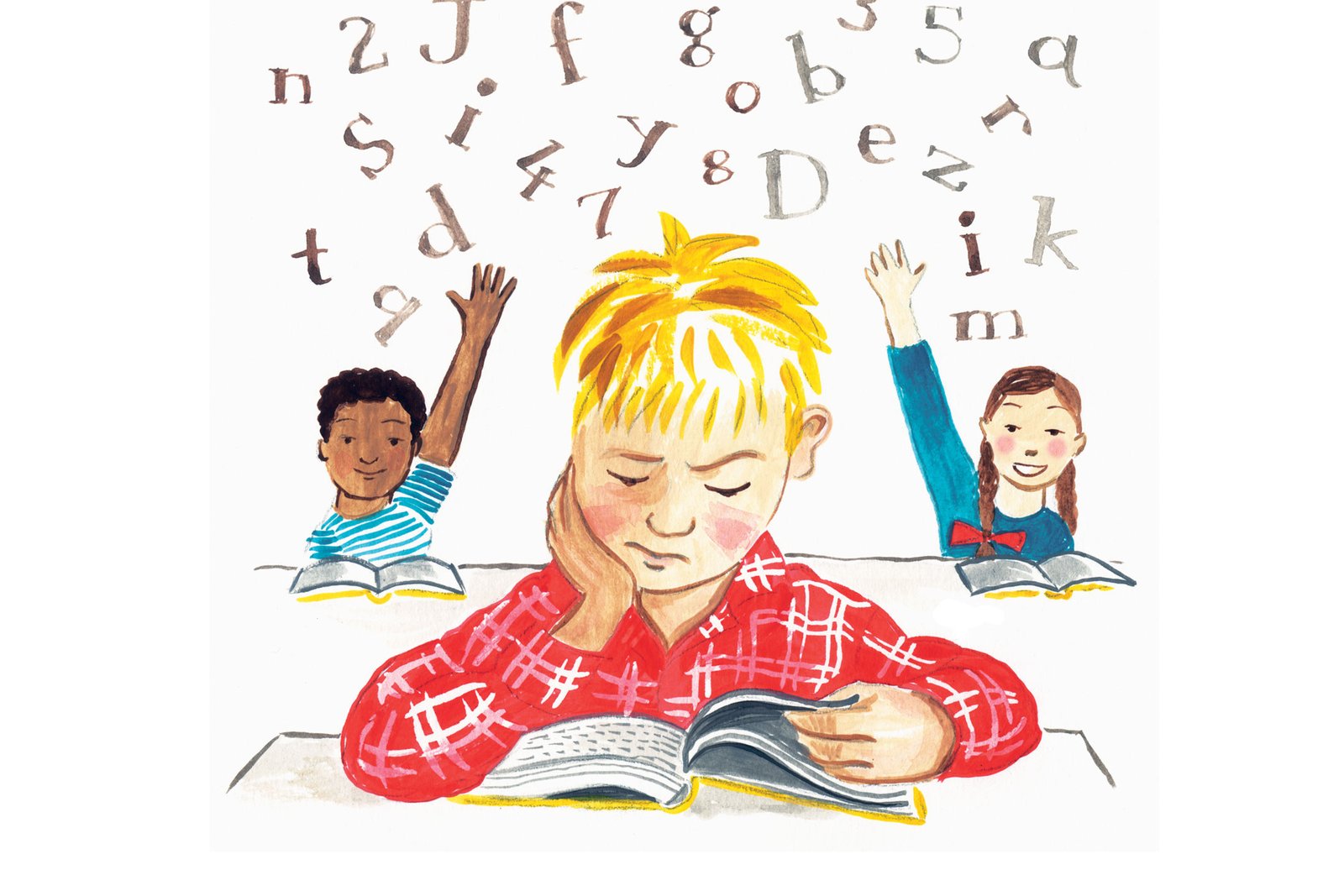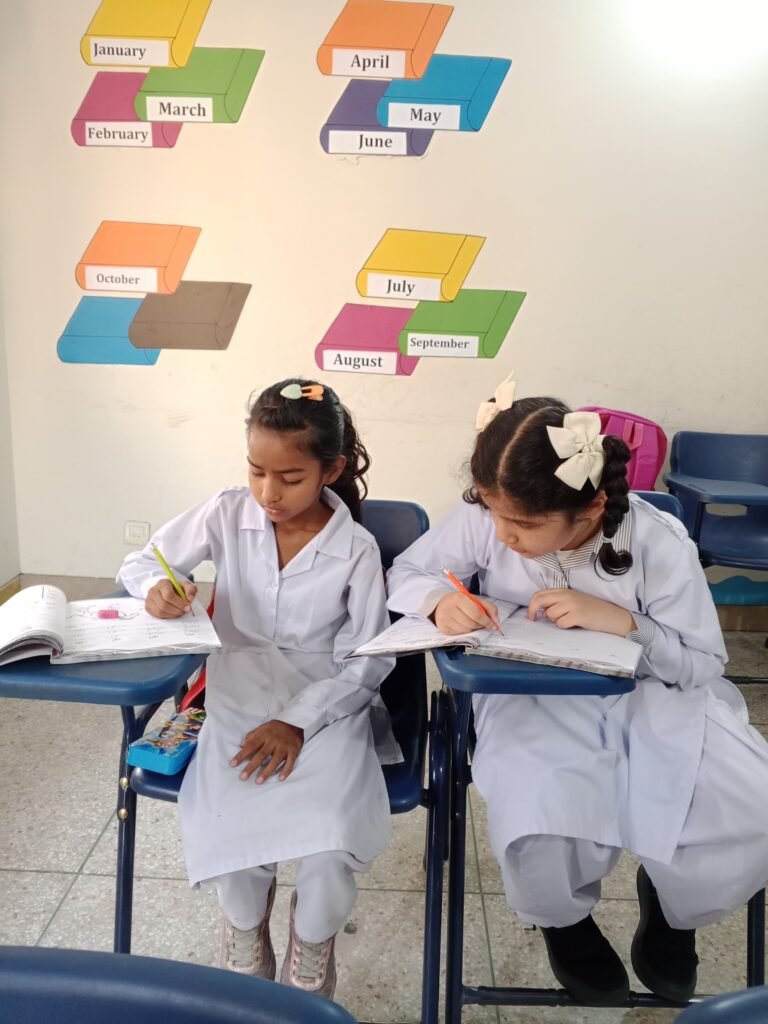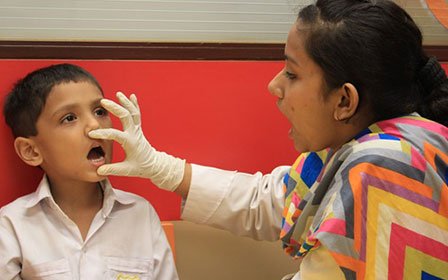How Children with Special Needs Begin to Read and Write at Gateway
At Gateway International School, children with autism and ADHD begin to read and write with confidence through focused academic support, therapy, and regular parent collaboration.
At Gateway International School’s Inclusive Section, we believe every child has the potential to learn—and with the right support, they can thrive. While we’ve often shared stories about our fun and creative extracurriculars, we want to highlight what matters most to us: academic growth.
For children with special needs, especially those with autism and ADHD, reading and writing can feel like a big challenge at first. But with consistent guidance, the right environment, and our dedicated team of teachers and therapists, we see progress that surprises even the parents!
Small Steps, Big Progress
Every child at Gateway follows a customized academic plan that builds foundational skills step by step. In the early stages, teachers focus on helping students:
- Recognize letters and sounds
- Practice pencil grip and motor control
- Build vocabulary through visuals and repetition
- Understand basic instructions through structured learning
With time and consistency, many of our students start forming letters, reading simple words, and even attempting short sentences—all within a few months of focused attention.

Learning Through Routine and Activity
We integrate learning into everyday routines. For example:
- During circle time, students build listening and turn-taking skills, often practicing language through songs and stories.
- In group games, they follow instructions, recognize colors or shapes, and begin to categorize or count.
- In craft activities, they practice fine motor skills needed for writing—like cutting, pasting, tracing, or coloring inside lines.
Academic learning isn’t limited to just a desk and notebook. It’s built into interactive, multisensory experiences that help children stay engaged and retain concepts better.
The Role of Therapists in Academic Learning
Our occupational therapists and speech-language therapists work closely with the academic team to reinforce classroom learning. For example:
- A speech therapist might work on word-building through gestures and repetition (“thumbs up” for “I’m good,” or clapping out syllables).
- An occupational therapist may help a child build focus or improve hand coordination through toy-sorting, water play, or sensory activities.
These therapies are not separate from learning—they are woven into the day-to-day classroom experience.
Parental Involvement and Progress Sharing
We strongly believe that parents are partners in a child’s learning journey. That’s why we regularly:
- Share academic progress in meetings, reports, and through photos or videos of classroom work.
- Discuss strategies that parents can use at home to support reading or writing (e.g., labeling items, daily reading aloud).
- Celebrate every little achievement—because each step matters.
Parents often tell us how surprised they are when their child suddenly reads a word out loud, draws a clear letter, or copies their name. These are the moments that make all our effort worth it.
Looking Ahead
At Gateway, we don’t just aim to teach—we aim to empower. Academic learning opens doors, builds confidence, and prepares children with special needs for the future. With patience, structure, and love, we watch them bloom.
If you’re a parent looking for a school that values your child’s academic growth just as much as their happiness, Gateway International School is here for you.
Gateway International School: Where every child’s day is a story worth sharing.









